Home>Gardening & Outdoor>Outdoor Recreation & Activities>Swimming Pool Heat Exchanger: How It Works
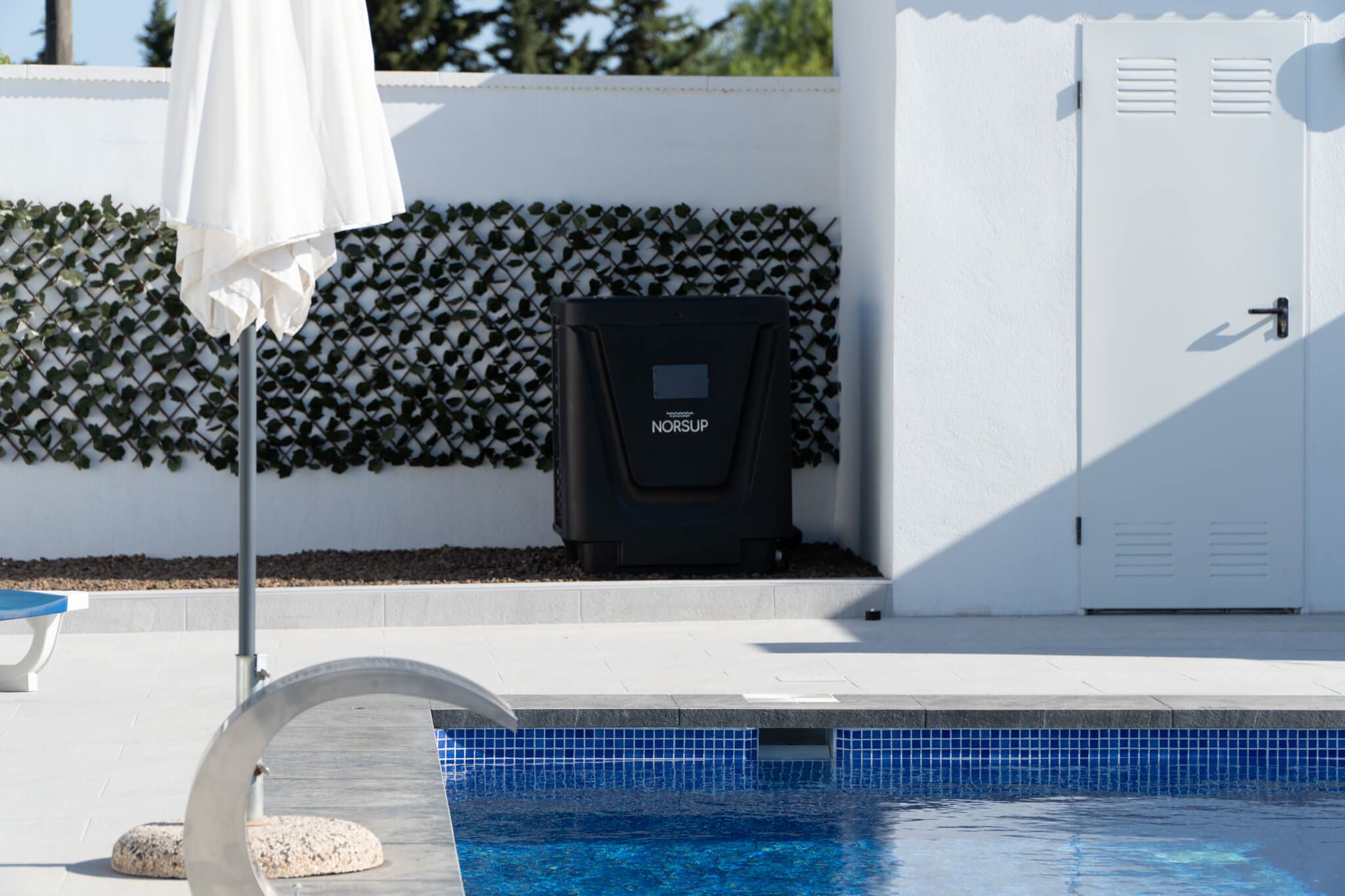

Outdoor Recreation & Activities
Swimming Pool Heat Exchanger: How It Works
Published: February 18, 2024
Discover how swimming pool heat exchangers work and optimize your outdoor recreation and activities with efficient heating solutions. Explore the benefits today!
(Many of the links in this article redirect to a specific reviewed product. Your purchase of these products through affiliate links helps to generate commission for Storables.com, at no extra cost. Learn more)
Introduction
When it comes to enjoying a refreshing swim in your pool, maintaining the ideal water temperature is essential for a comfortable and enjoyable experience. This is where a swimming pool heat exchanger comes into play, serving as a vital component in regulating the water temperature to ensure that your pool remains inviting throughout the swimming season.
A swimming pool heat exchanger is a device designed to efficiently transfer heat from one medium to another, allowing you to heat your pool water using a separate heat source, such as a boiler or solar panels. By harnessing the principles of thermodynamics, these ingenious devices enable pool owners to achieve and maintain the desired water temperature without relying solely on energy-intensive methods.
In the following sections, we will delve into the inner workings of swimming pool heat exchangers, exploring their functionality, benefits, and different types available in the market. Additionally, we will provide valuable insights into the installation and maintenance of these heat exchangers, empowering you to make informed decisions regarding the optimal heating solution for your pool.
As we embark on this journey to uncover the intricacies of swimming pool heat exchangers, you will gain a deeper understanding of how these innovative devices can elevate your pool experience while promoting energy efficiency and sustainability. Let's dive into the fascinating world of swimming pool heat exchangers and discover the transformative impact they can have on your aquatic oasis.
Key Takeaways:
- Swimming pool heat exchangers use clever technology to heat pool water indirectly, saving energy and preserving water quality. They’re like magic wands for keeping your pool cozy and clean!
- By choosing the right type of heat exchanger and following maintenance tips, pool owners can enjoy efficient, sustainable, and hassle-free pool heating. It’s like giving your pool a superpower!
Read more: How Does A Swimming Pool Heat Pump Work
What is a Swimming Pool Heat Exchanger?
A swimming pool heat exchanger is a specialized device that plays a pivotal role in regulating the temperature of pool water. It operates on the fundamental principle of heat transfer, facilitating the efficient exchange of thermal energy between two distinct mediums. By harnessing this process, a swimming pool heat exchanger enables pool owners to heat their pool water using an external heat source, such as a boiler, solar panels, or a geothermal system.
This innovative device is designed to accommodate the unique requirements of pool heating, offering a reliable and energy-efficient solution for maintaining optimal water temperatures. Unlike traditional heating methods that directly circulate pool water through a heating system, a heat exchanger allows for the indirect transfer of heat, preventing direct contact between the pool water and the primary heat source.
The design of a swimming pool heat exchanger typically features a series of tubes or plates that facilitate the transfer of thermal energy. These tubes or plates are constructed from durable and corrosion-resistant materials, ensuring longevity and performance in the demanding pool environment. As the pool water passes through one side of the heat exchanger, the external heat source, such as hot water from a boiler, flows through the other side. This configuration enables the efficient transfer of heat from the external source to the pool water, gradually raising its temperature to the desired level.
By leveraging the capabilities of a swimming pool heat exchanger, pool owners can effectively manage their heating systems while minimizing energy consumption and operational costs. Furthermore, the indirect heat transfer mechanism helps to preserve the integrity of the pool water, preventing potential contamination and ensuring a hygienic swimming environment.
In essence, a swimming pool heat exchanger serves as a cornerstone of modern pool heating solutions, offering a versatile and sustainable approach to maintaining comfortable water temperatures. Its ability to seamlessly integrate with various heat sources and deliver consistent heating performance makes it an indispensable asset for pool enthusiasts seeking an efficient and reliable method to enhance their aquatic experience.
How Does a Swimming Pool Heat Exchanger Work?
A swimming pool heat exchanger operates on the fundamental principle of heat transfer, utilizing a sophisticated mechanism to facilitate the exchange of thermal energy between two distinct mediums. This ingenious device is designed to harness the thermal properties of water and an external heat source, enabling the efficient heating of pool water without direct contact with the primary heating system.
The functionality of a swimming pool heat exchanger revolves around the concept of indirect heat transfer. As the pool water circulates through one side of the heat exchanger, it comes into contact with a series of tubes or plates that are in direct contact with the secondary medium, typically hot water from a boiler, solar panels, or a geothermal system. These tubes or plates are meticulously engineered to optimize the surface area available for heat exchange, facilitating the seamless transfer of thermal energy from the external source to the pool water.
The process begins as the hot water from the external heat source enters the heat exchanger, flowing through the designated channels on the opposite side of the pool water. As the two mediums remain physically separated within the heat exchanger, the thermal energy from the hot water rapidly transfers through the walls of the tubes or plates, effectively raising the temperature of the pool water. This indirect heat transfer mechanism ensures that the pool water is heated without being directly exposed to the primary heat source, preserving its quality and integrity.
The efficiency of a swimming pool heat exchanger is further enhanced by the utilization of high-performance materials, such as stainless steel, titanium, or copper, in the construction of the heat transfer surfaces. These materials are chosen for their exceptional thermal conductivity and corrosion resistance, enabling the heat exchanger to withstand the demanding conditions of pool heating while maintaining optimal performance over an extended lifespan.
By leveraging the principles of thermodynamics and fluid dynamics, a swimming pool heat exchanger effectively harnesses thermal energy from an external source, providing a reliable and energy-efficient method to heat pool water. This innovative approach not only ensures consistent water temperatures but also minimizes energy consumption, contributing to a sustainable and cost-effective heating solution for pool owners.
In essence, the intricate workings of a swimming pool heat exchanger exemplify the seamless integration of advanced engineering principles and thermal dynamics, culminating in a sophisticated device that elevates the pool heating experience while promoting energy efficiency and environmental sustainability.
Benefits of Using a Swimming Pool Heat Exchanger
Utilizing a swimming pool heat exchanger offers a myriad of compelling benefits that significantly enhance the efficiency, sustainability, and overall experience of pool heating. These advantages extend beyond mere temperature regulation, encompassing key aspects of operational cost savings, environmental impact, and long-term maintenance. By embracing the innovative capabilities of a swimming pool heat exchanger, pool owners can unlock a host of advantages that elevate their aquatic oasis to new heights of comfort and sustainability.
1. Energy Efficiency:
A primary benefit of employing a swimming pool heat exchanger lies in its remarkable energy efficiency. By enabling the indirect transfer of thermal energy from an external heat source to the pool water, these devices minimize energy consumption while maintaining consistent water temperatures. This efficiency not only reduces operational costs but also aligns with sustainable practices, contributing to a greener and more environmentally conscious approach to pool heating.
Read more: How Long To Heat A Swimming Pool
2. Cost Savings:
The energy-efficient nature of swimming pool heat exchangers translates into tangible cost savings for pool owners. By optimizing the utilization of external heat sources, such as solar panels or geothermal systems, these devices enable significant reductions in heating expenses, offering a compelling return on investment over time. The ability to achieve optimal water temperatures without excessive energy consumption positions swimming pool heat exchangers as a cost-effective solution for long-term pool maintenance.
3. Preservation of Water Quality:
Unlike direct heating methods that can potentially compromise the chemical balance and integrity of pool water, swimming pool heat exchangers maintain the pristine quality of the water. The indirect heat transfer mechanism prevents direct contact between the pool water and the primary heat source, mitigating the risk of contamination and preserving the hygienic conditions of the pool. This benefit not only ensures a safe and enjoyable swimming environment but also reduces the need for extensive water treatment and maintenance.
4. Versatility and Compatibility:
Swimming pool heat exchangers are designed to seamlessly integrate with a diverse range of heat sources, offering unparalleled versatility and compatibility. Whether connected to a boiler, solar thermal system, or geothermal heat pump, these devices adapt to various heating configurations, providing pool owners with flexibility and customization options to suit their specific requirements. This adaptability enhances the overall functionality of the pool heating system, accommodating diverse energy sources and optimizing performance.
5. Longevity and Reliability:
Constructed from robust and corrosion-resistant materials, swimming pool heat exchangers exhibit exceptional durability and reliability. The high-quality components and meticulous engineering ensure prolonged operational lifespan, minimizing the need for frequent replacements or extensive maintenance. This longevity not only enhances the overall value proposition of the heat exchanger but also contributes to a hassle-free and dependable pool heating experience for years to come.
In essence, the benefits of using a swimming pool heat exchanger extend far beyond conventional temperature regulation, encompassing energy efficiency, cost savings, water quality preservation, versatility, and reliability. By embracing these advantages, pool owners can elevate their pool heating systems to new levels of performance, sustainability, and operational excellence, enhancing the overall enjoyment and value of their aquatic retreat.
Read more: How Does A Swimming Pool Pump Work
Types of Swimming Pool Heat Exchangers
Swimming pool heat exchangers are available in various configurations and designs, each tailored to specific heating requirements and operational preferences. Understanding the different types of heat exchangers is essential for selecting the optimal solution that aligns with your pool's size, heating source, and performance expectations. Let's explore the diverse array of swimming pool heat exchangers, each offering unique attributes and capabilities to cater to the distinct needs of pool owners.
1. Shell and Tube Heat Exchangers:
This type of heat exchanger features a robust and versatile design, comprising a series of tubes enclosed within a cylindrical shell. The pool water flows through the tubes, while the external heat source circulates within the shell, facilitating efficient heat transfer. Shell and tube heat exchangers are renowned for their durability and adaptability, making them suitable for a wide range of pool heating applications.
2. Plate Heat Exchangers:
Plate heat exchangers are characterized by their compact and efficient layout, consisting of multiple thin plates arranged in a staggered pattern. This configuration maximizes the surface area available for heat exchange, promoting rapid and effective thermal transfer. Plate heat exchangers are favored for their space-saving design and exceptional heat transfer capabilities, making them an ideal choice for smaller pool heating systems or installations with spatial constraints.
3. Tube-in-Shell Heat Exchangers:
Tube-in-shell heat exchangers combine the advantages of both shell and tube designs, featuring a bundle of tubes encased within a cylindrical shell. This configuration enhances heat transfer efficiency while providing robust construction and ease of maintenance. Tube-in-shell heat exchangers are well-suited for medium to large-scale pool heating applications, offering a balanced blend of performance and durability.
Read more: What Is Heat Exchanger In HVAC
4. Brazed Plate Heat Exchangers:
Brazed plate heat exchangers are renowned for their compact and lightweight construction, comprising multiple embossed plates that are brazed together to form a durable and efficient heat transfer unit. This design promotes high thermal efficiency and rapid heating response, making it an ideal choice for energy-conscious pool owners seeking a space-efficient and responsive heating solution.
5. Pool Heat Pump with Heat Exchanger:
Some heat pump systems incorporate an integrated heat exchanger, allowing them to efficiently extract thermal energy from the surrounding air or water and transfer it to the pool water. These innovative heat pump configurations offer exceptional energy efficiency and environmental sustainability, harnessing renewable heat sources to maintain comfortable water temperatures while minimizing operational costs.
By familiarizing yourself with the diverse types of swimming pool heat exchangers, you can make informed decisions regarding the most suitable heating solution for your pool. Whether prioritizing durability, space efficiency, rapid heating response, or renewable energy integration, the array of heat exchanger options empowers you to tailor your pool heating system to meet your specific needs and preferences.
Installation and Maintenance Tips for Swimming Pool Heat Exchangers
Proper installation and regular maintenance are crucial for ensuring the optimal performance and longevity of swimming pool heat exchangers. By adhering to best practices in installation and implementing a proactive maintenance regimen, pool owners can maximize the efficiency of their heating systems while minimizing the risk of operational issues. Here are essential tips for the installation and maintenance of swimming pool heat exchangers:
Installation Tips:
-
Positioning and Mounting: When installing a swimming pool heat exchanger, ensure that it is positioned in a location that allows for efficient heat exchange and convenient access for maintenance. Mount the heat exchanger securely, following the manufacturer's guidelines to prevent vibration or movement during operation.
-
Proper Sizing: Select a heat exchanger that is appropriately sized for your pool's water volume and the heat output of the primary heat source. Proper sizing ensures that the heat exchanger can effectively transfer thermal energy, optimizing heating performance and energy efficiency.
-
Piping and Plumbing: Pay careful attention to the piping and plumbing connections, ensuring that the inlet and outlet ports are correctly aligned with the flow direction of the pool water and the external heat source. Use high-quality fittings and insulation to minimize heat loss and prevent leaks.
-
Electrical Connections: If the heat exchanger incorporates electrical components, such as temperature sensors or control systems, ensure that the electrical connections are installed in accordance with safety standards and local regulations.
-
Integration with Heat Source: Whether connecting the heat exchanger to a boiler, solar panels, or a heat pump, follow the manufacturer's guidelines for integrating the heat source with the heat exchanger, ensuring seamless compatibility and optimal performance.
Read more: What Is A Heat Exchanger Espresso Machine
Maintenance Tips:
-
Regular Inspections: Schedule routine inspections of the heat exchanger to check for signs of corrosion, leaks, or debris accumulation. Address any issues promptly to prevent potential damage and maintain efficient heat transfer.
-
Cleaning and Descaling: Periodically clean the heat exchanger to remove mineral deposits and scale buildup, which can impede heat transfer efficiency. Use manufacturer-recommended cleaning solutions and techniques to preserve the integrity of the heat exchanger surfaces.
-
Water Chemistry Management: Maintain proper water chemistry levels to prevent corrosion and fouling within the heat exchanger. Regularly monitor pH, alkalinity, and calcium hardness, and implement appropriate water treatment measures to safeguard the heat exchanger components.
-
Winterization Procedures: If the pool is subjected to winter conditions, ensure that the heat exchanger is properly winterized to prevent freezing damage. Drain the heat exchanger and implement protective measures in accordance with the manufacturer's guidelines.
-
Professional Servicing: Engage qualified professionals to conduct periodic servicing and performance evaluations of the heat exchanger, ensuring that it operates at peak efficiency and identifying any potential maintenance requirements.
By following these installation and maintenance tips, pool owners can optimize the performance and longevity of their swimming pool heat exchangers, fostering a reliable and energy-efficient heating solution for their aquatic retreat.
Conclusion
In conclusion, the utilization of a swimming pool heat exchanger represents a transformative approach to pool heating, offering a host of benefits that extend beyond mere temperature regulation. These innovative devices harness the principles of heat transfer and thermodynamics to facilitate the indirect exchange of thermal energy, enabling pool owners to achieve and maintain optimal water temperatures with remarkable efficiency and sustainability.
By leveraging the capabilities of swimming pool heat exchangers, pool enthusiasts can embrace a greener and more cost-effective approach to pool heating, minimizing energy consumption while preserving the pristine quality of the pool water. The energy efficiency and cost savings afforded by these devices align with sustainable practices, contributing to a more environmentally conscious and economically viable heating solution.
Furthermore, the diverse array of swimming pool heat exchangers, including shell and tube, plate, tube-in-shell, and brazed plate configurations, empowers pool owners to tailor their heating systems to meet specific size, performance, and spatial requirements. This versatility and compatibility ensure that heat exchangers seamlessly integrate with various heat sources, providing flexibility and customization options to suit individual preferences.
The installation and maintenance tips outlined for swimming pool heat exchangers underscore the importance of proper setup and proactive care to maximize performance and longevity. By adhering to best practices in installation and implementing a diligent maintenance regimen, pool owners can optimize the efficiency and reliability of their heating systems, ensuring a consistent and enjoyable pool experience.
In essence, swimming pool heat exchangers represent a cornerstone of modern pool heating solutions, embodying a harmonious blend of advanced engineering, energy efficiency, and environmental stewardship. As pool enthusiasts continue to prioritize sustainable and cost-effective heating methods, the adoption of swimming pool heat exchangers emerges as a compelling choice, elevating the overall comfort, value, and sustainability of their aquatic retreat.
With their ability to seamlessly integrate with diverse heat sources, minimize energy consumption, and preserve water quality, swimming pool heat exchangers stand as a testament to the ingenuity and innovation driving the evolution of pool heating. By embracing these transformative devices, pool owners can embark on a journey towards a more efficient, sustainable, and enjoyable pool experience, redefining the art of pool heating for generations to come.
Frequently Asked Questions about Swimming Pool Heat Exchanger: How It Works
Was this page helpful?
At Storables.com, we guarantee accurate and reliable information. Our content, validated by Expert Board Contributors, is crafted following stringent Editorial Policies. We're committed to providing you with well-researched, expert-backed insights for all your informational needs.
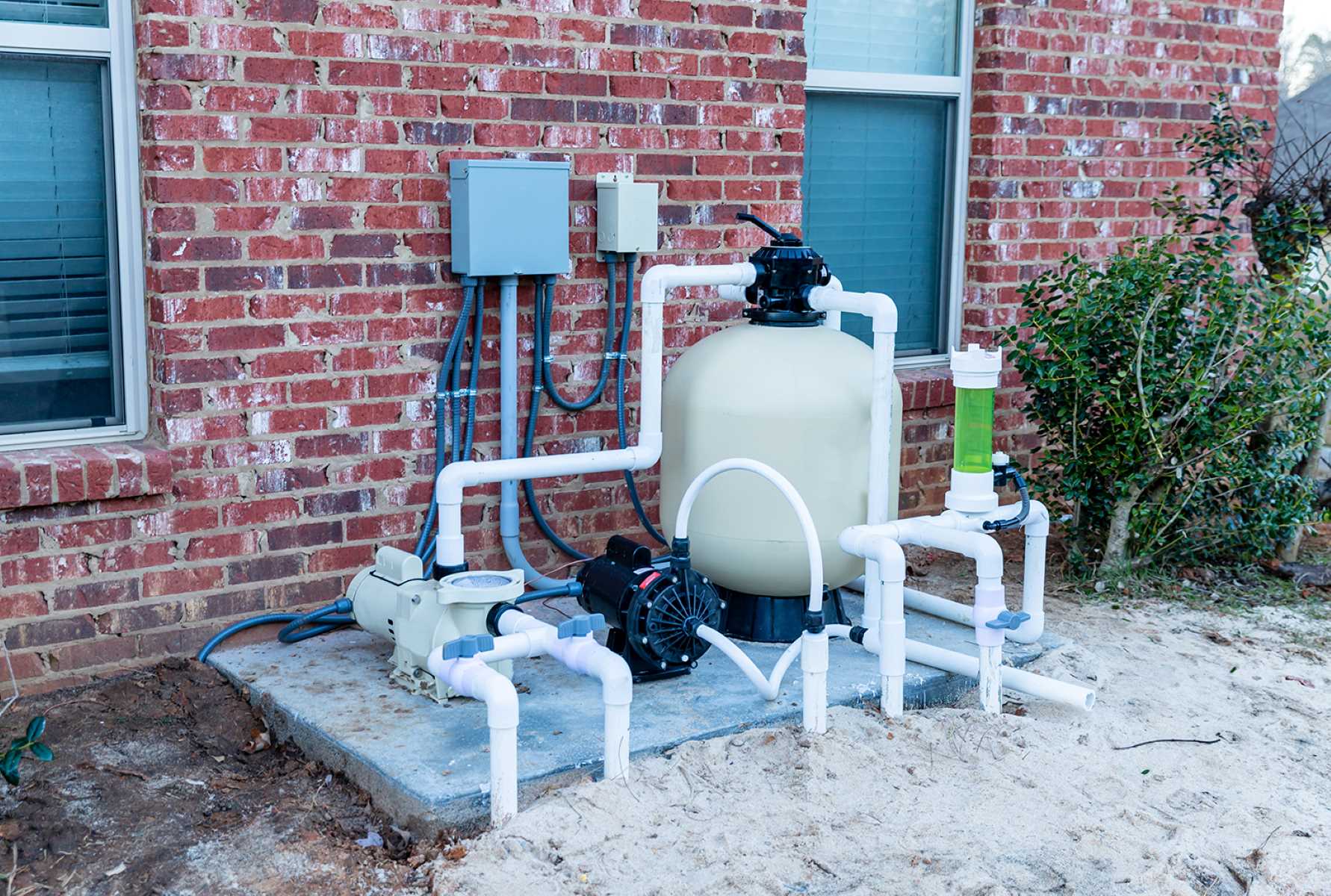
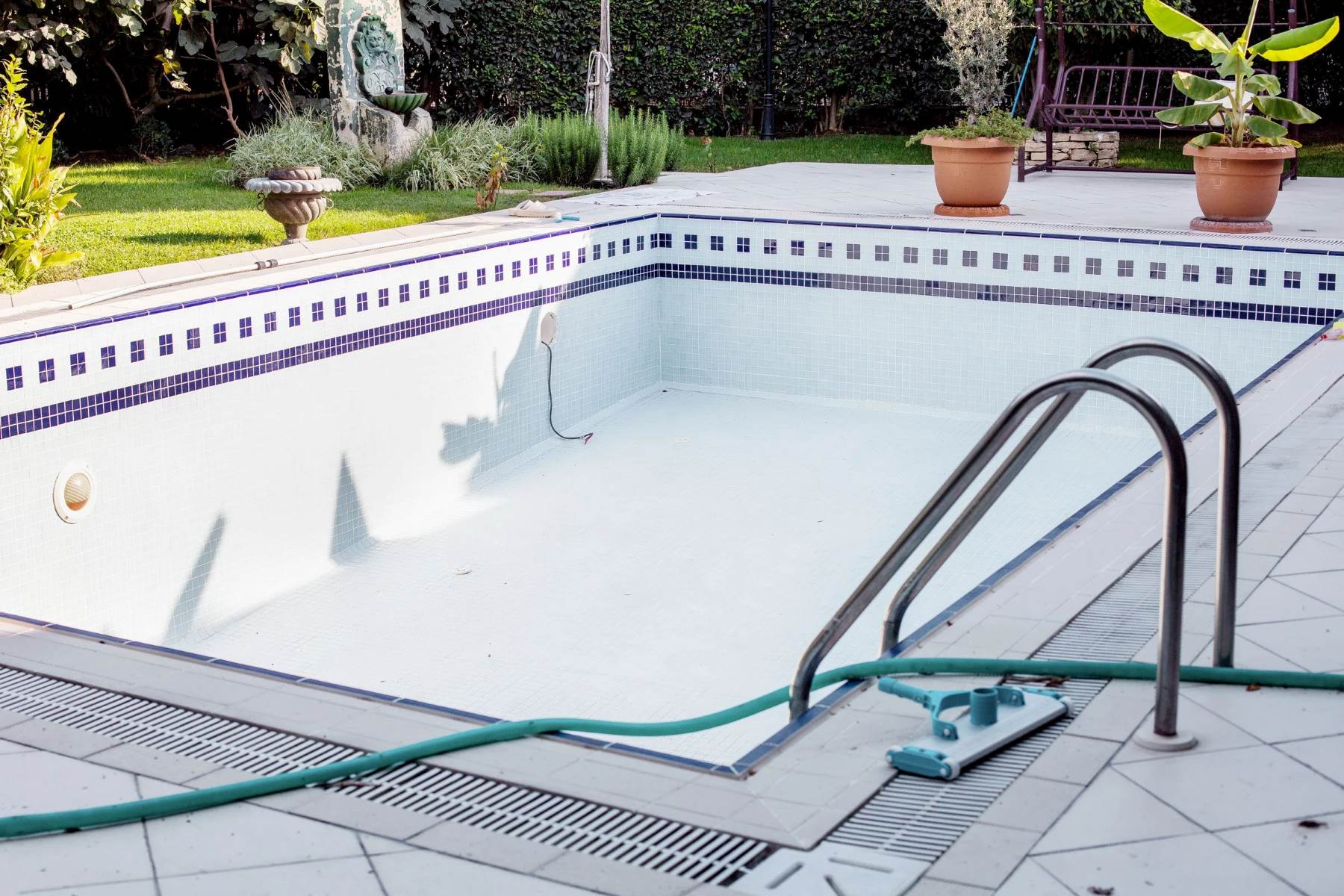
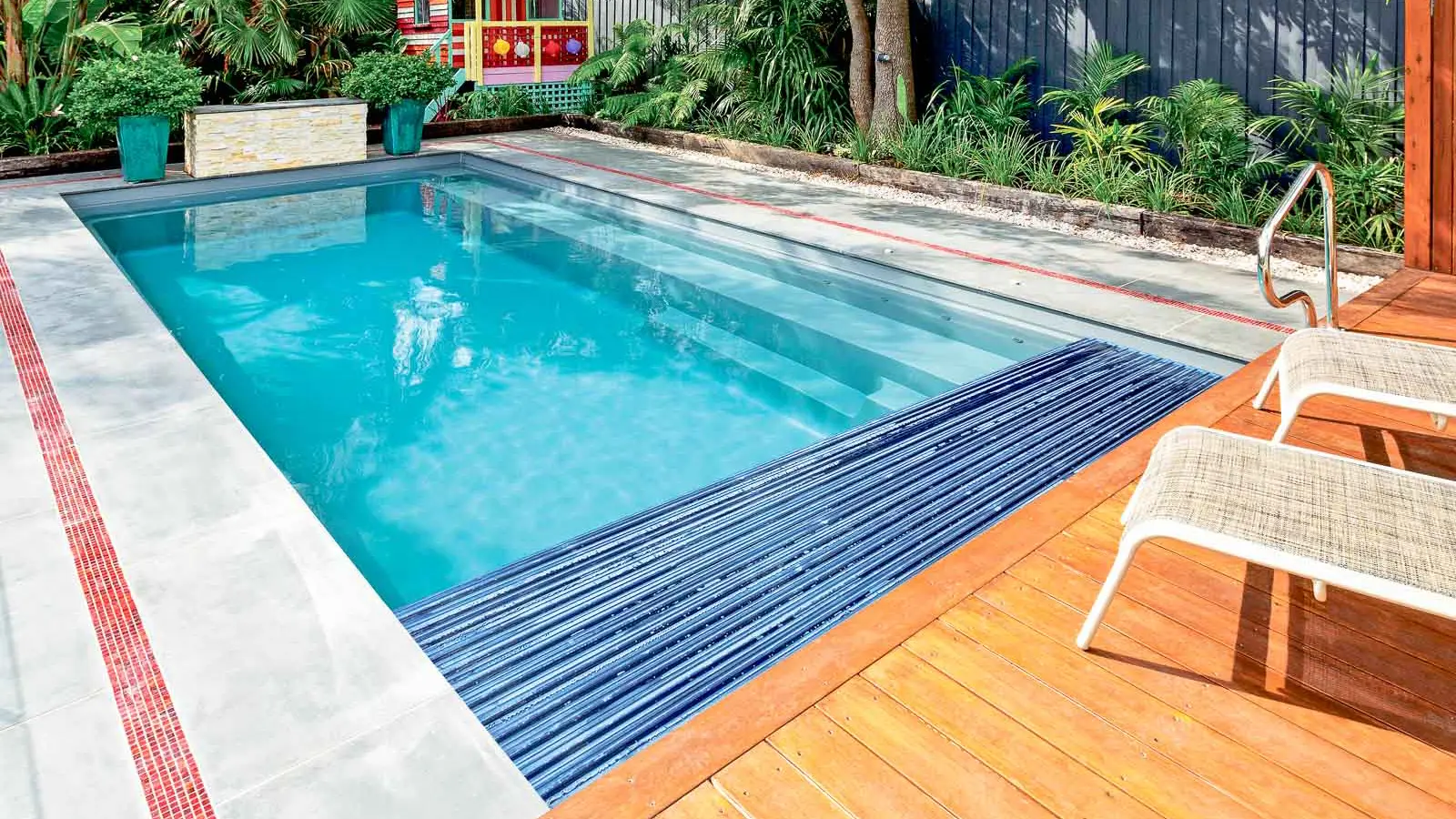
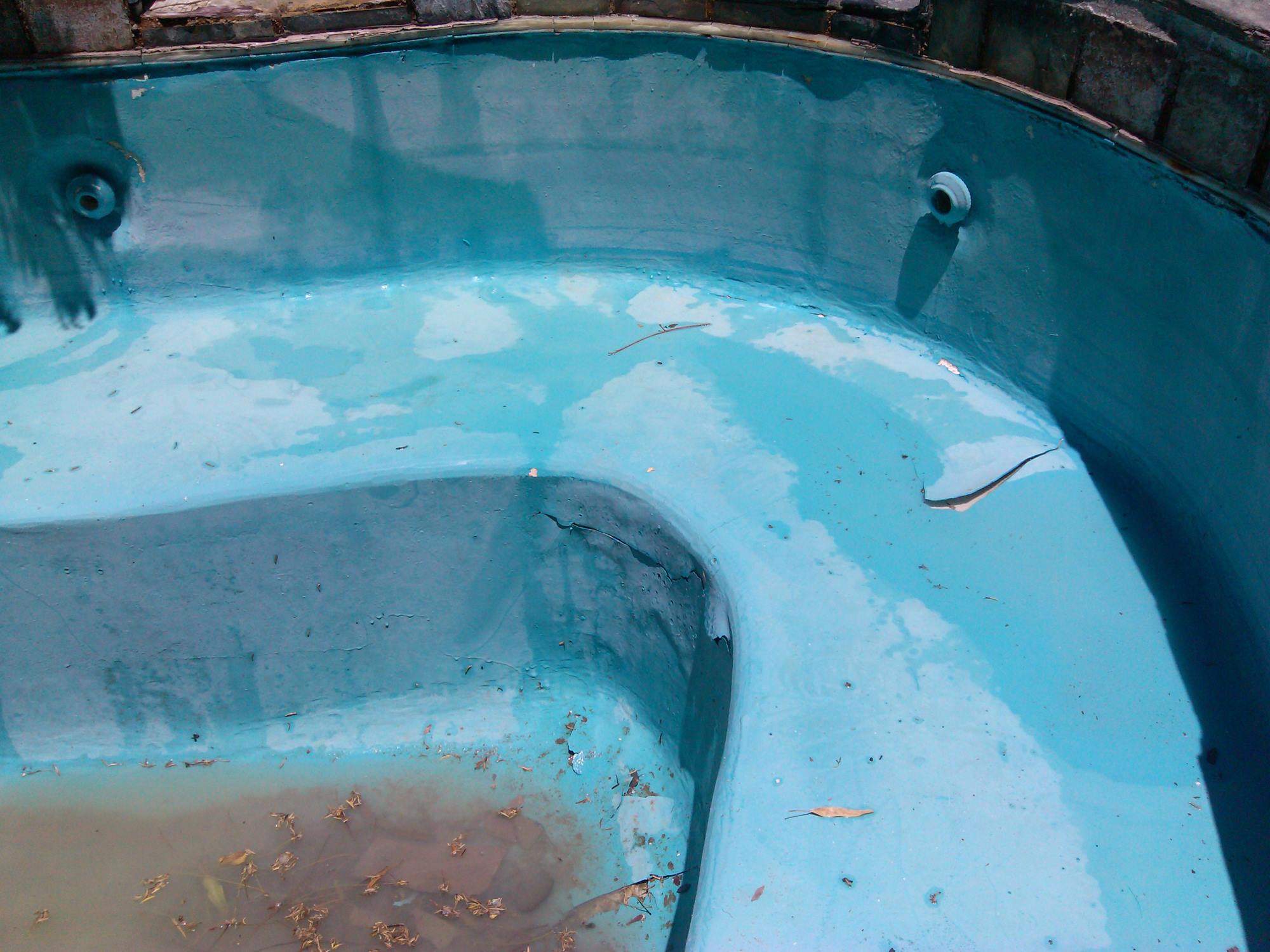
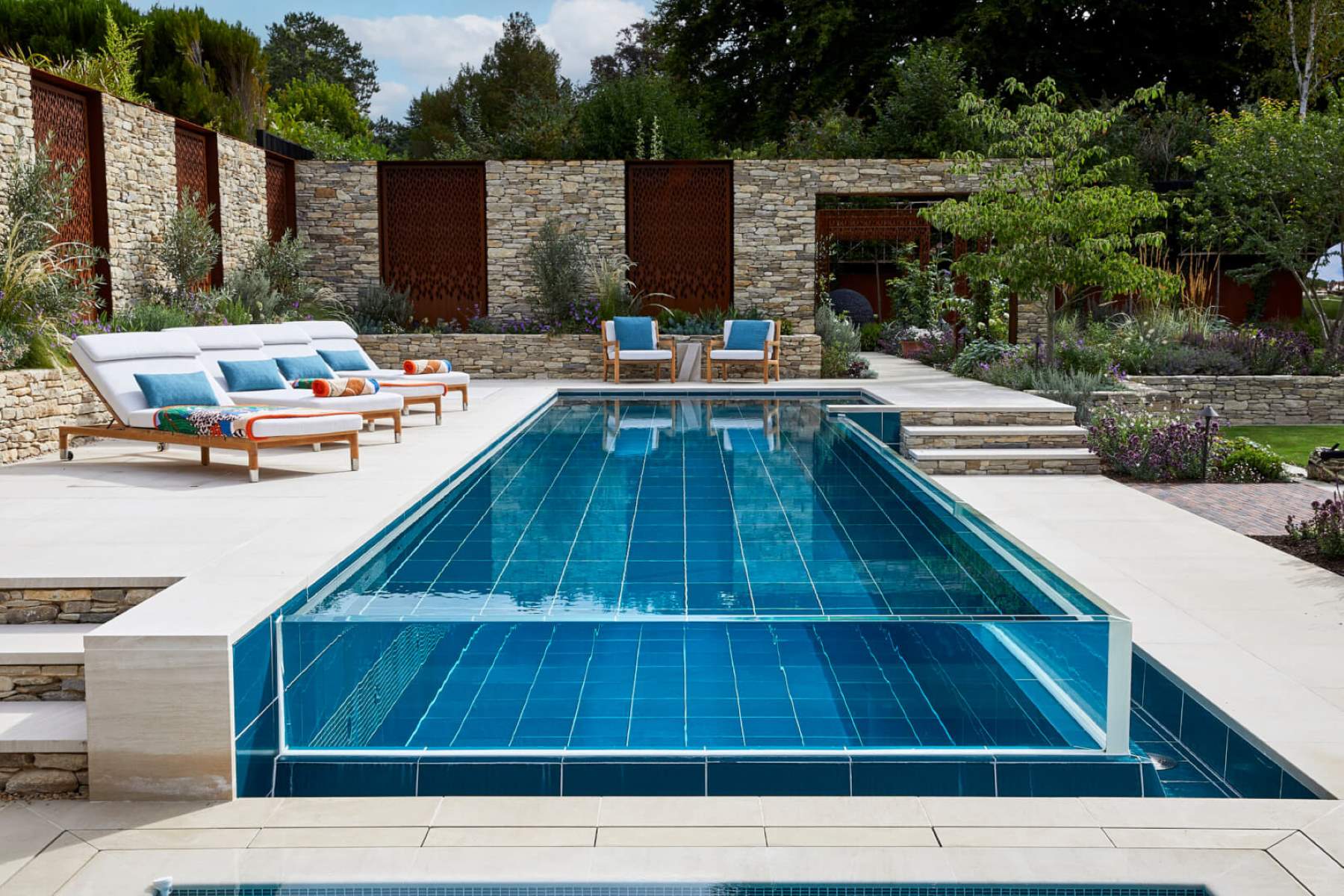

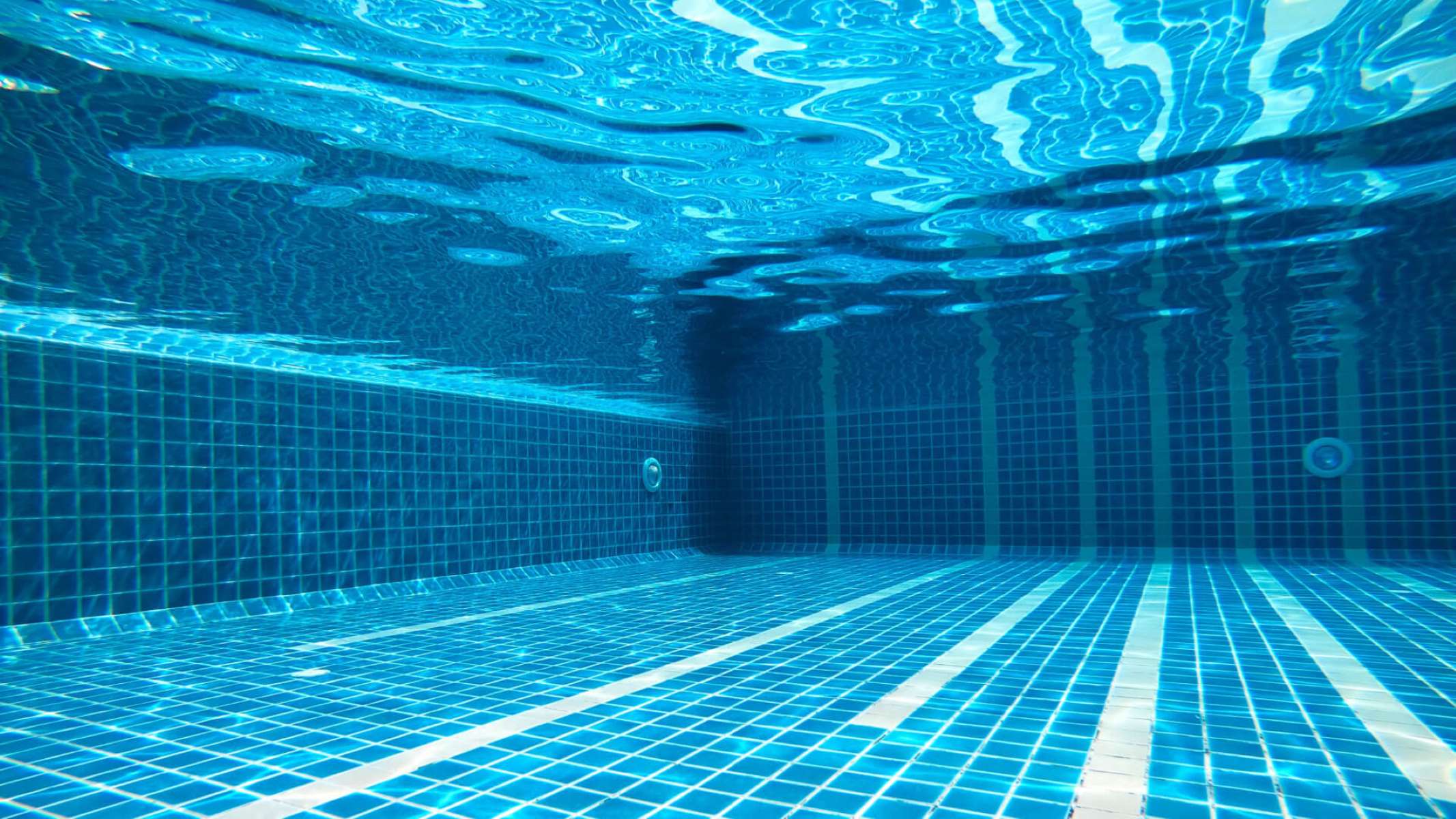

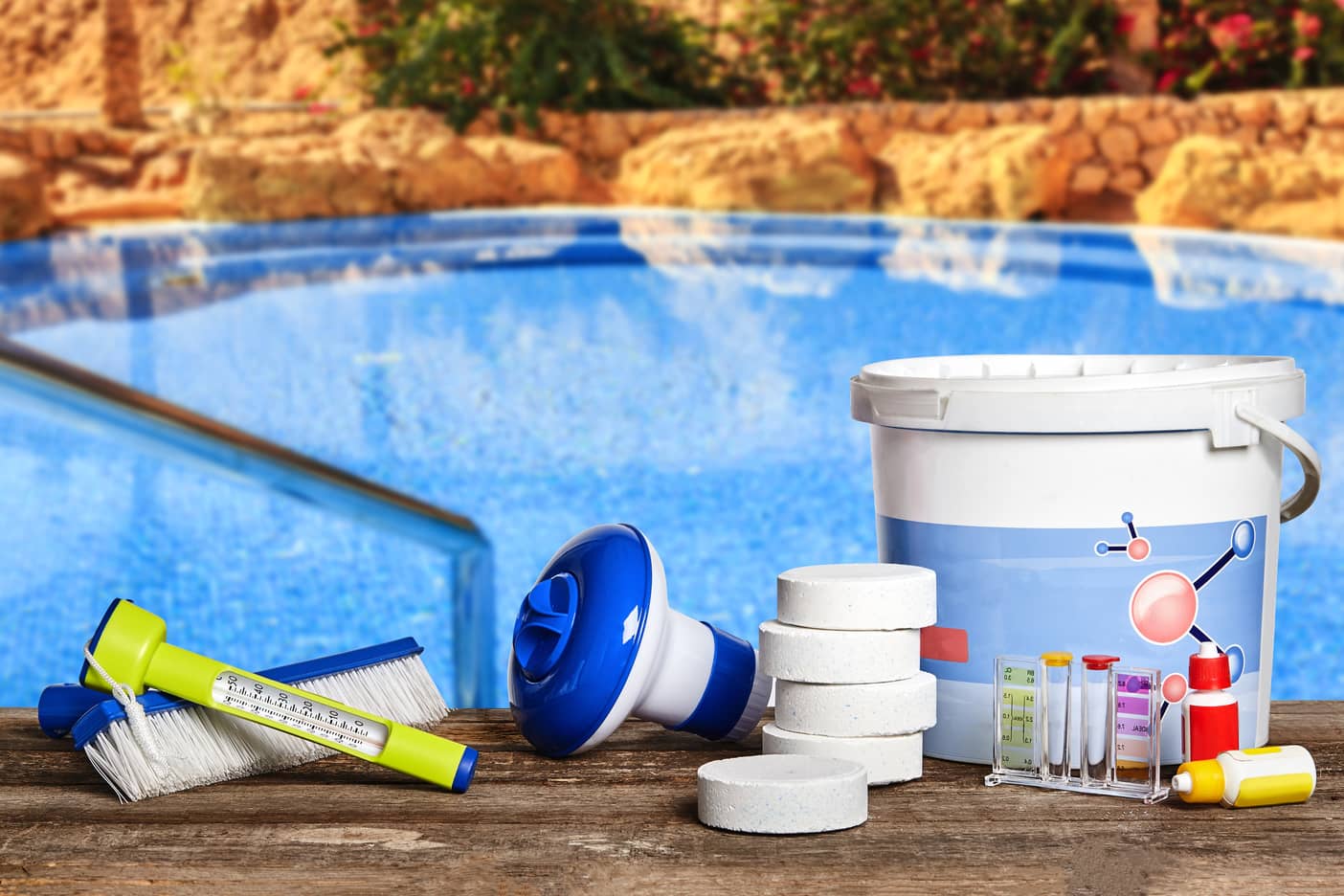

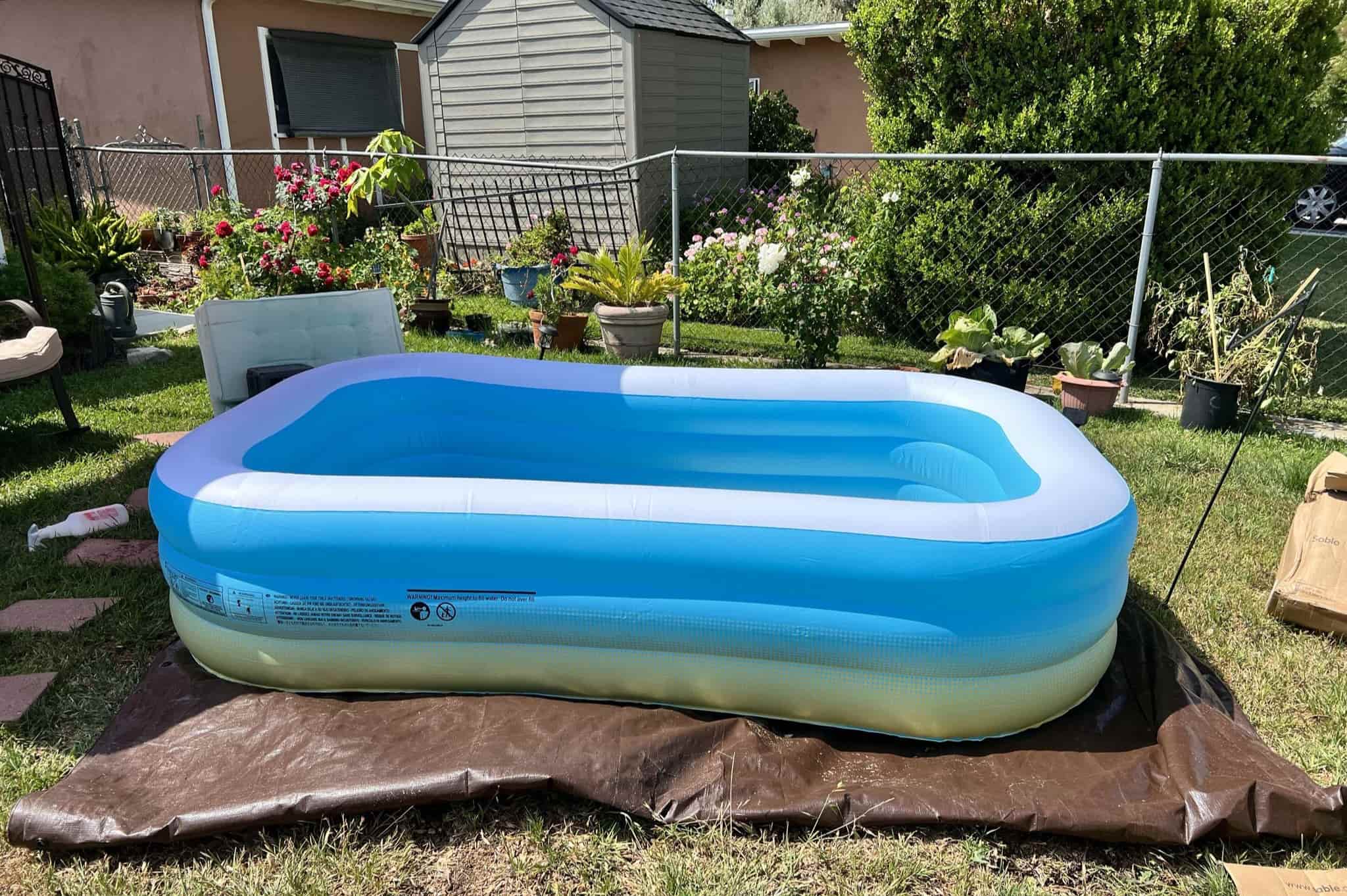

0 thoughts on “Swimming Pool Heat Exchanger: How It Works”